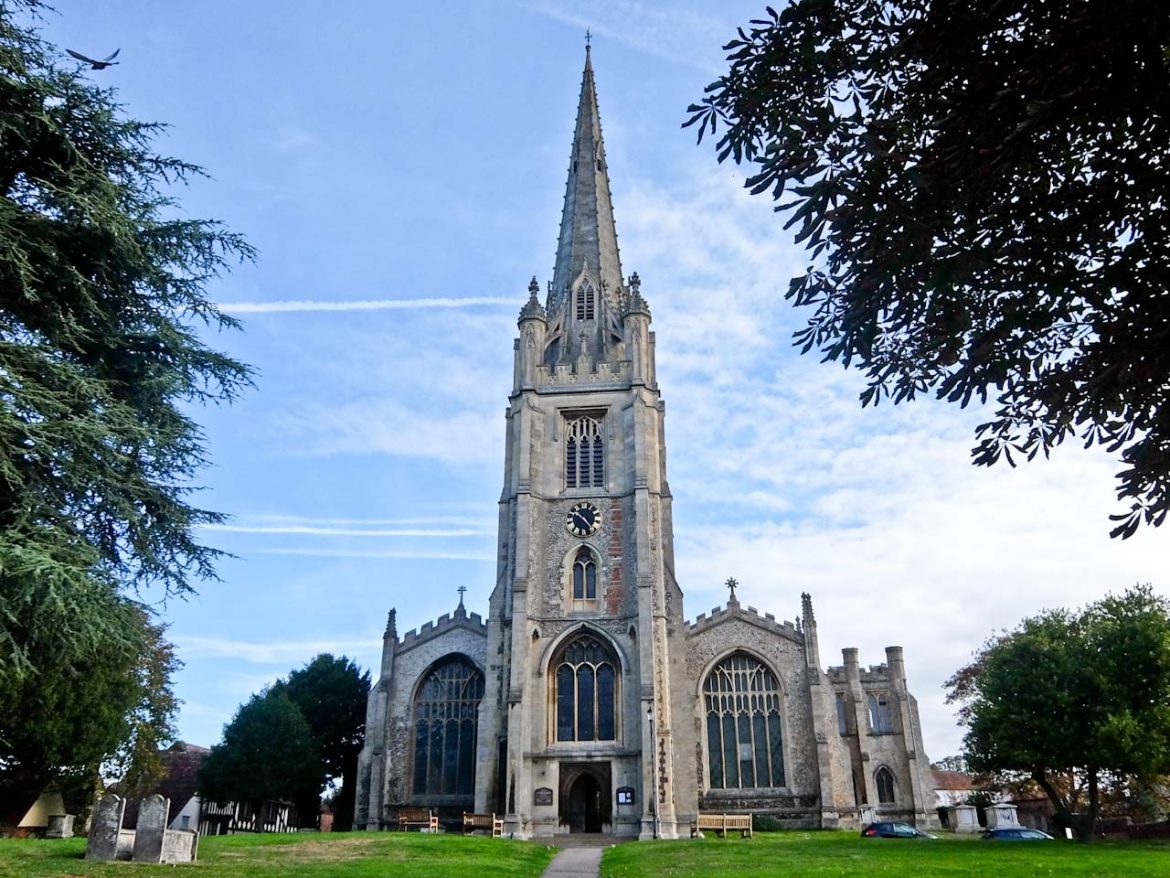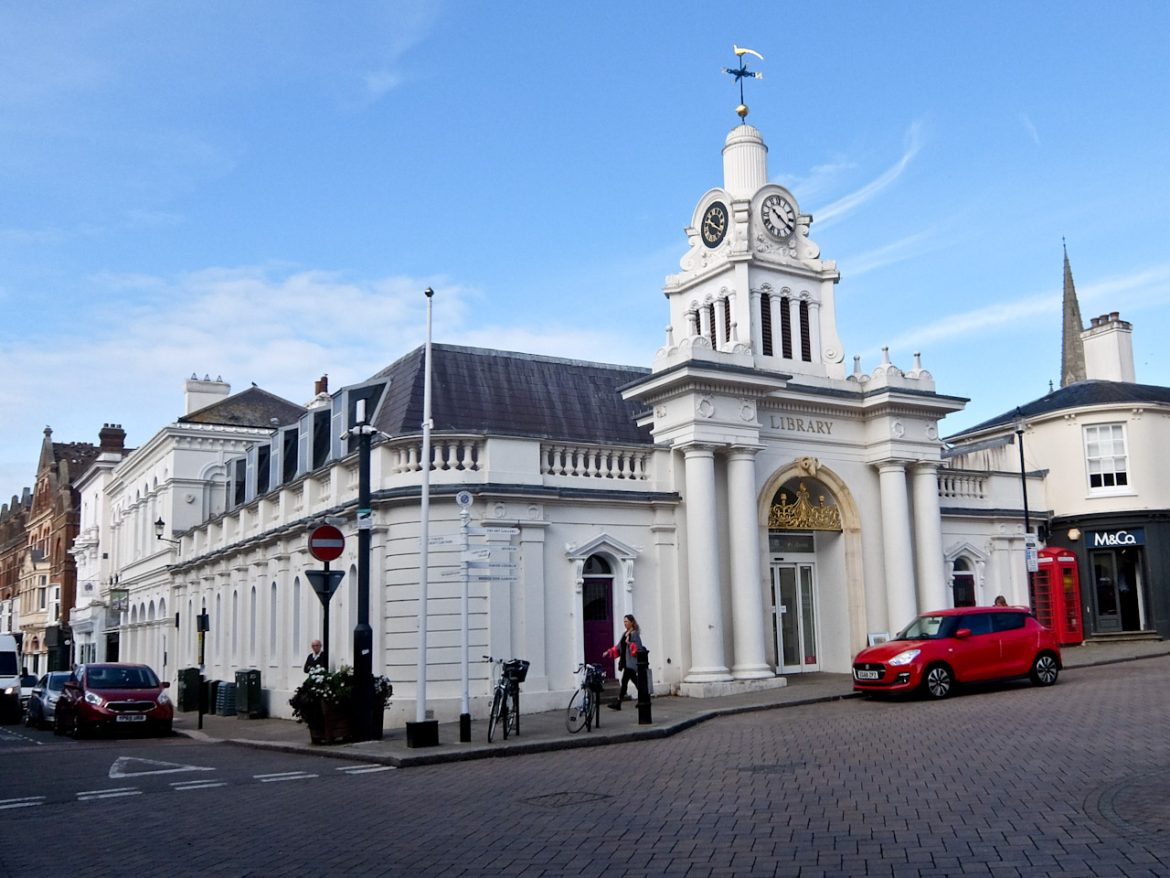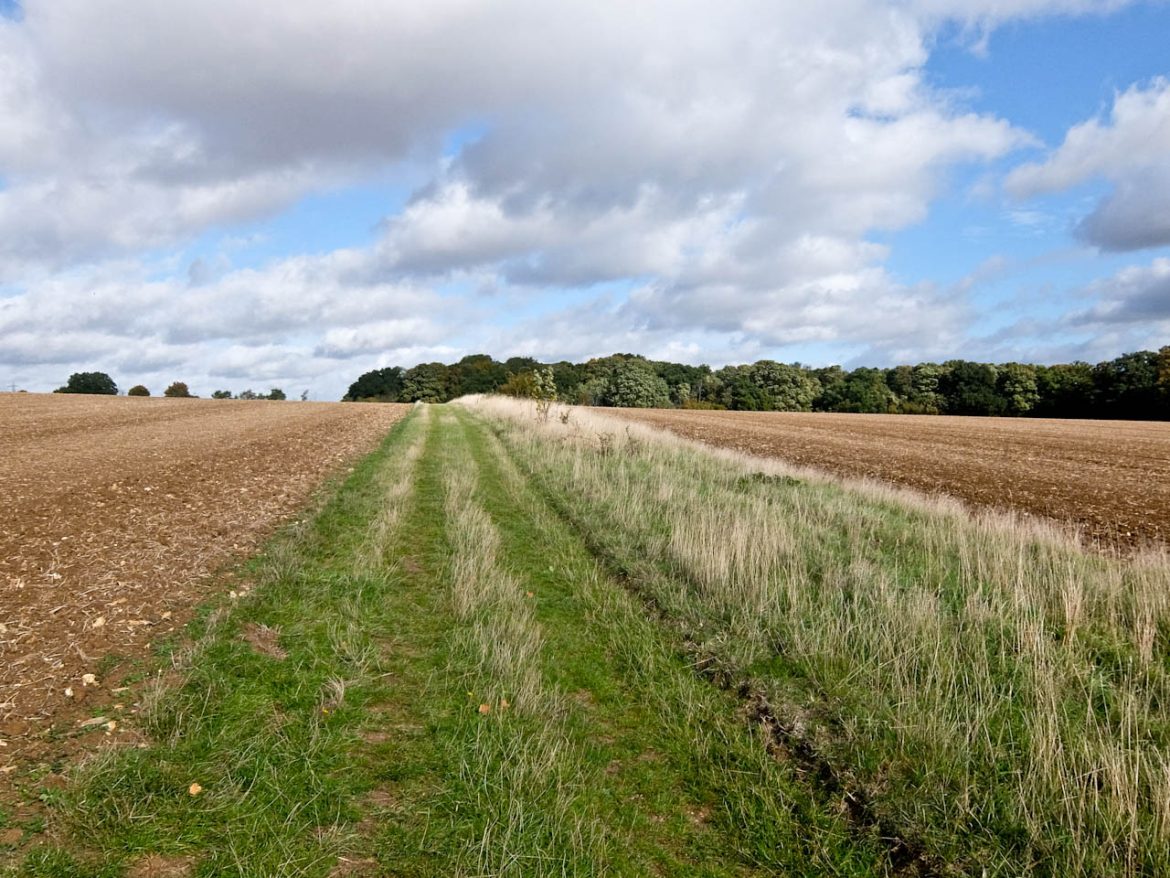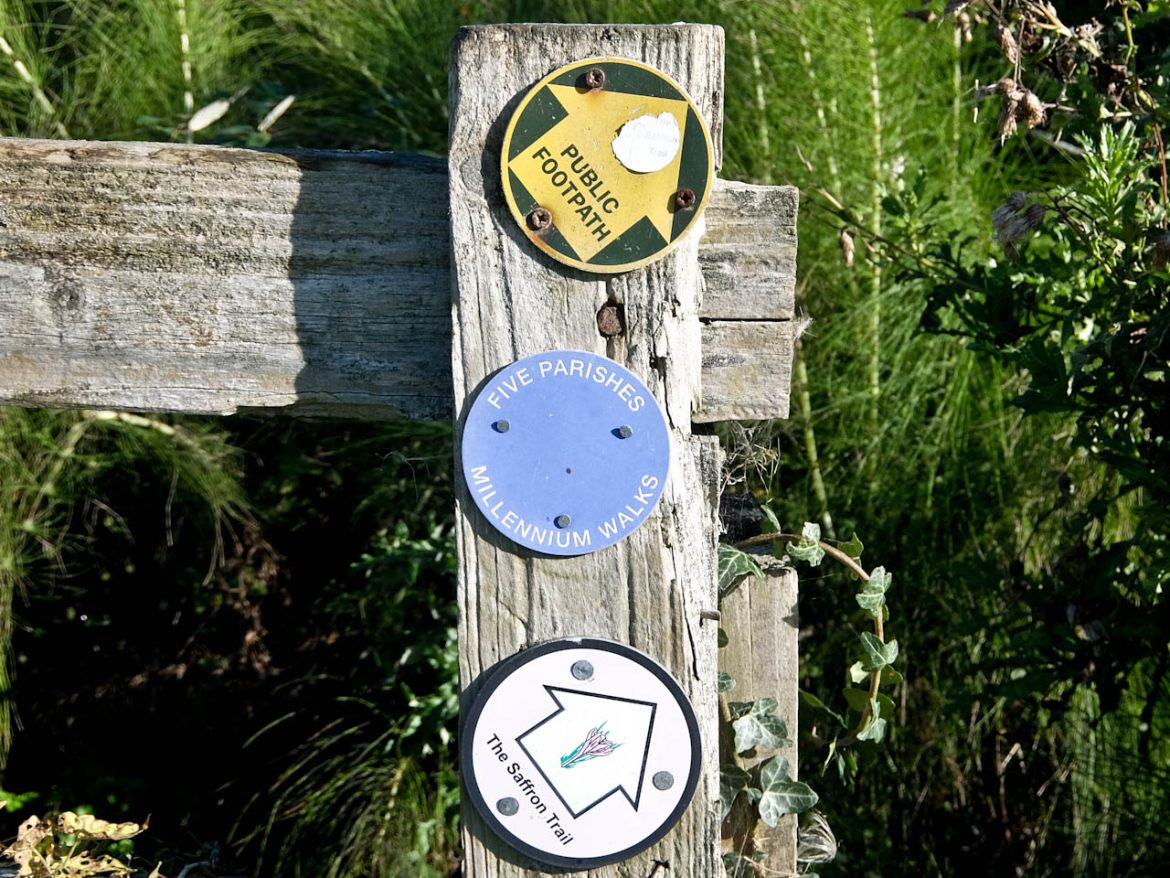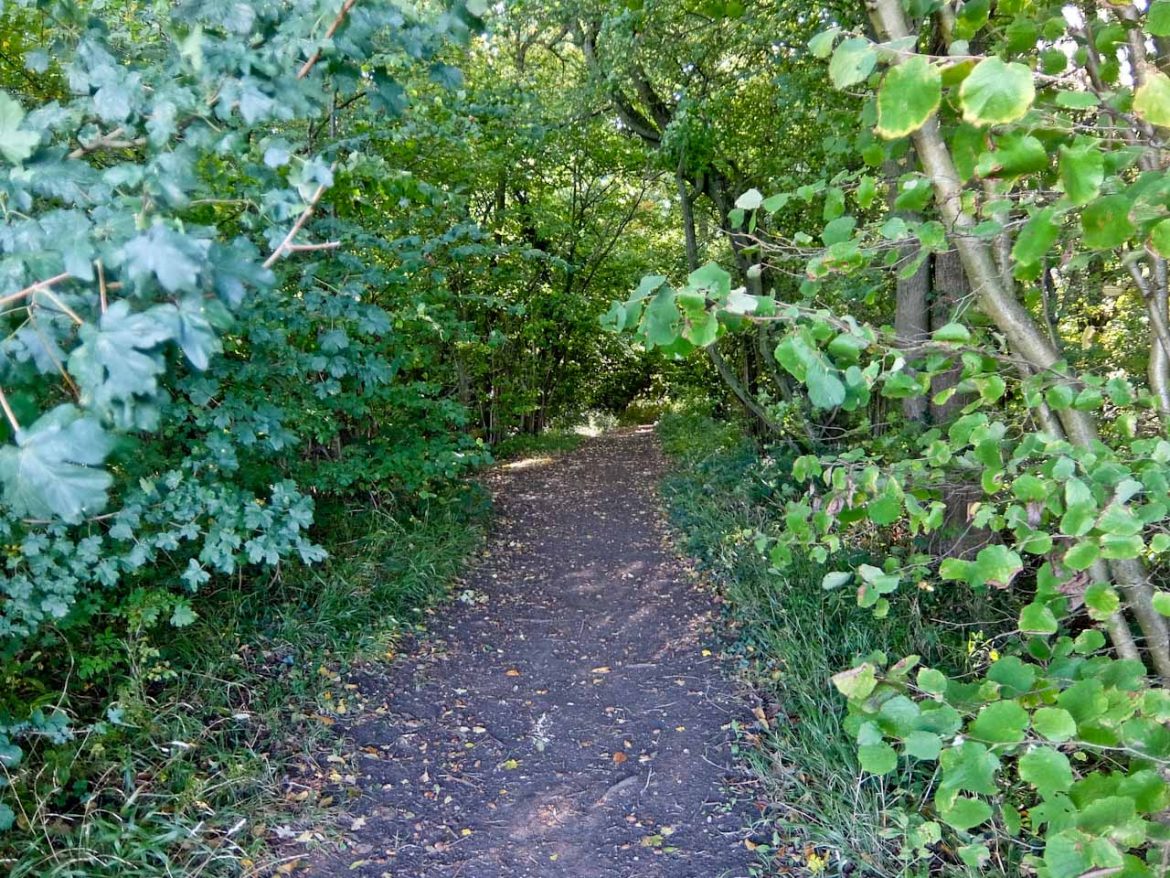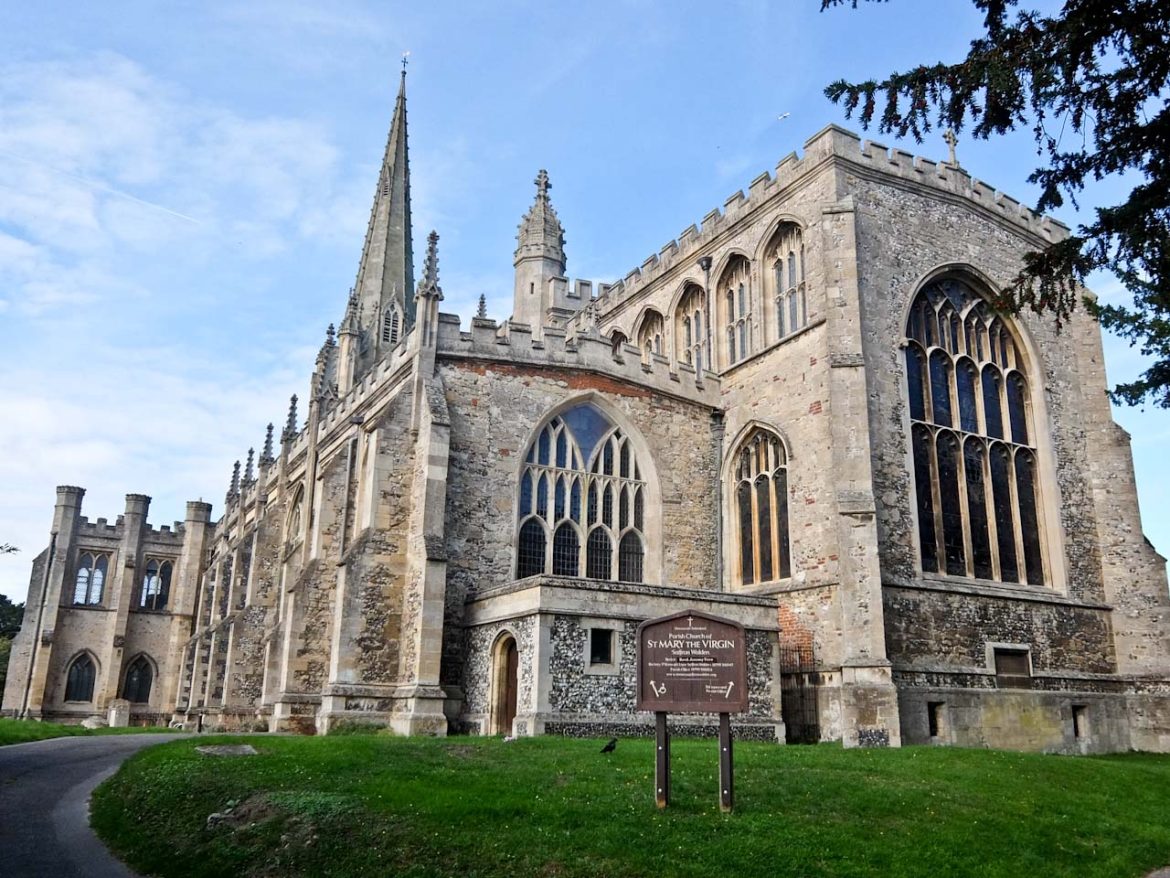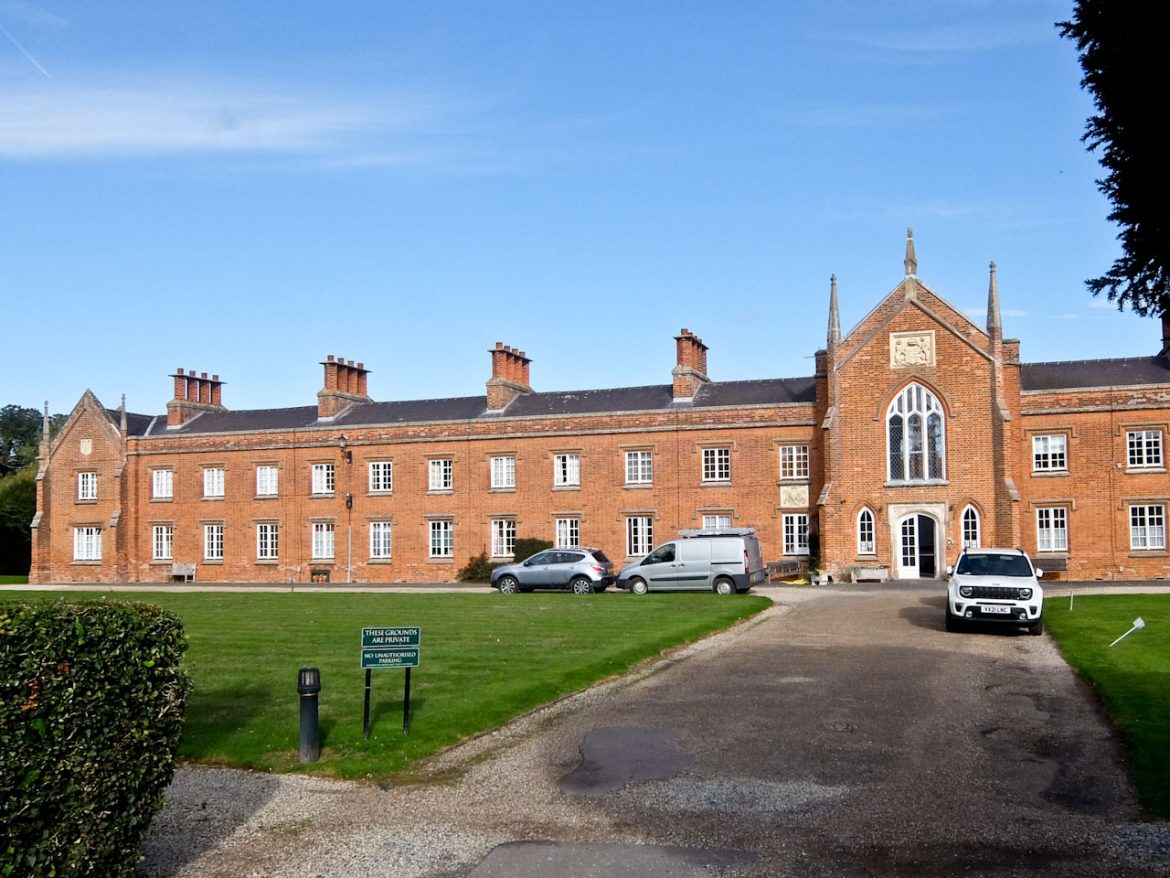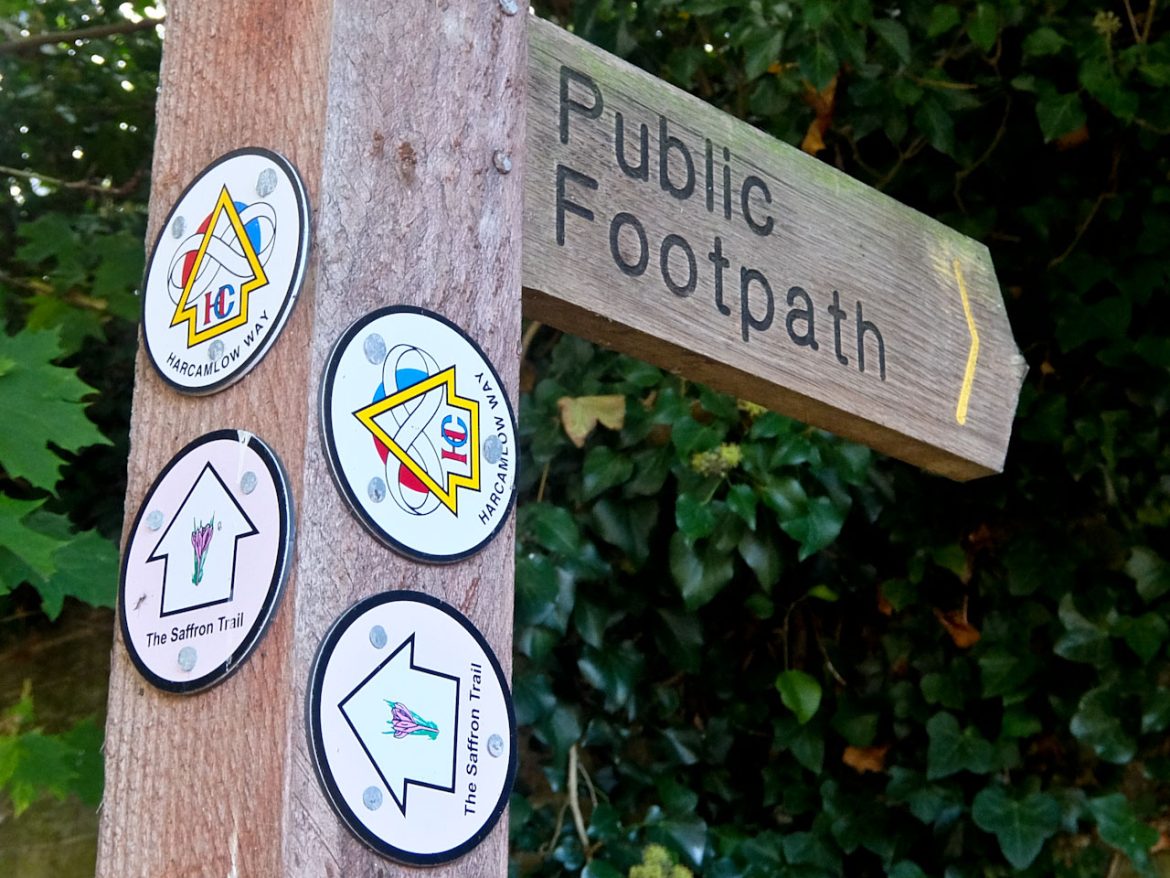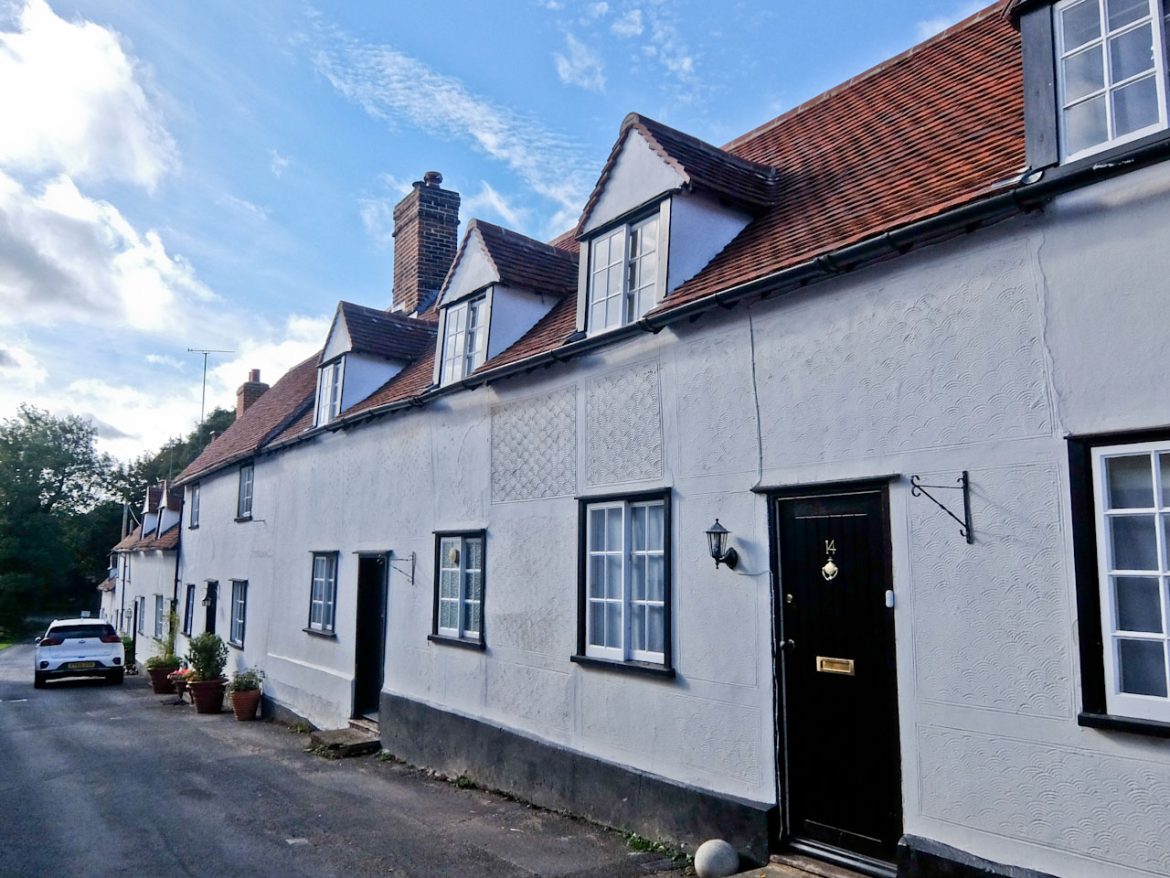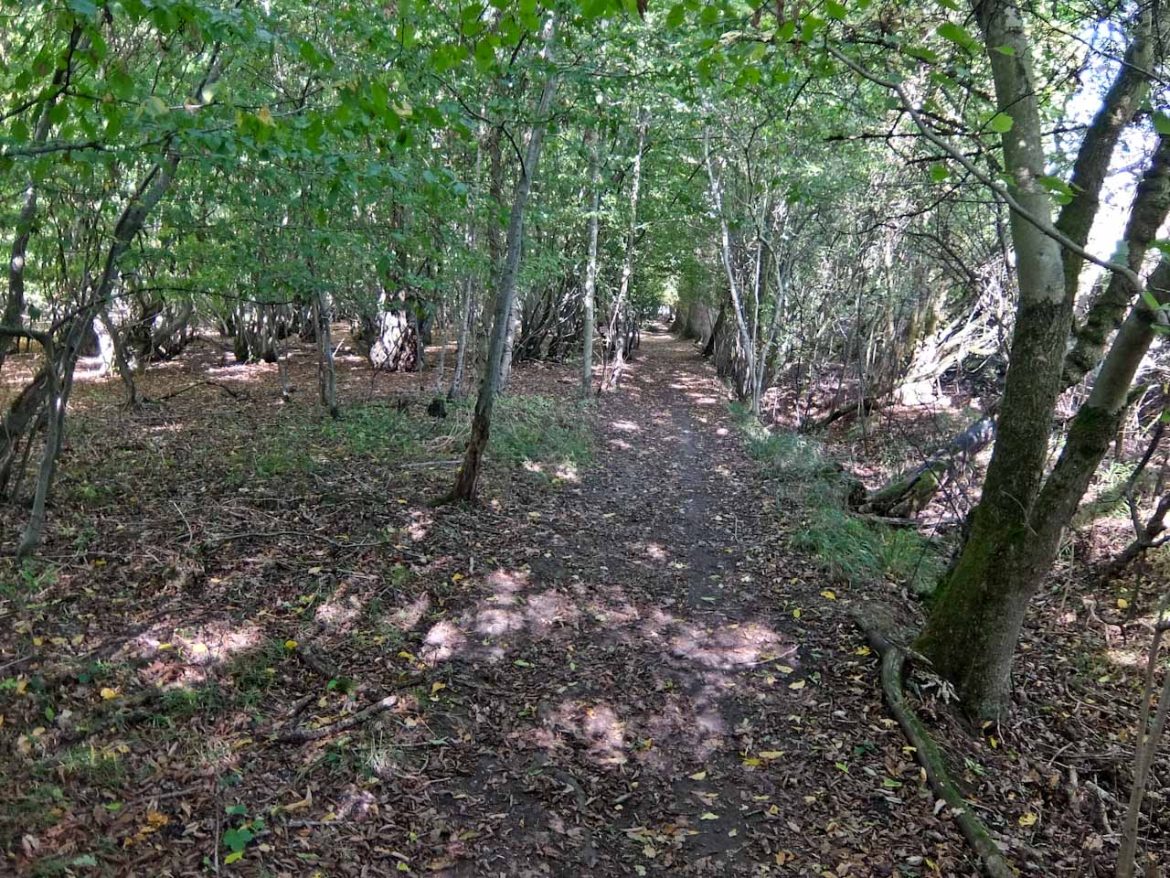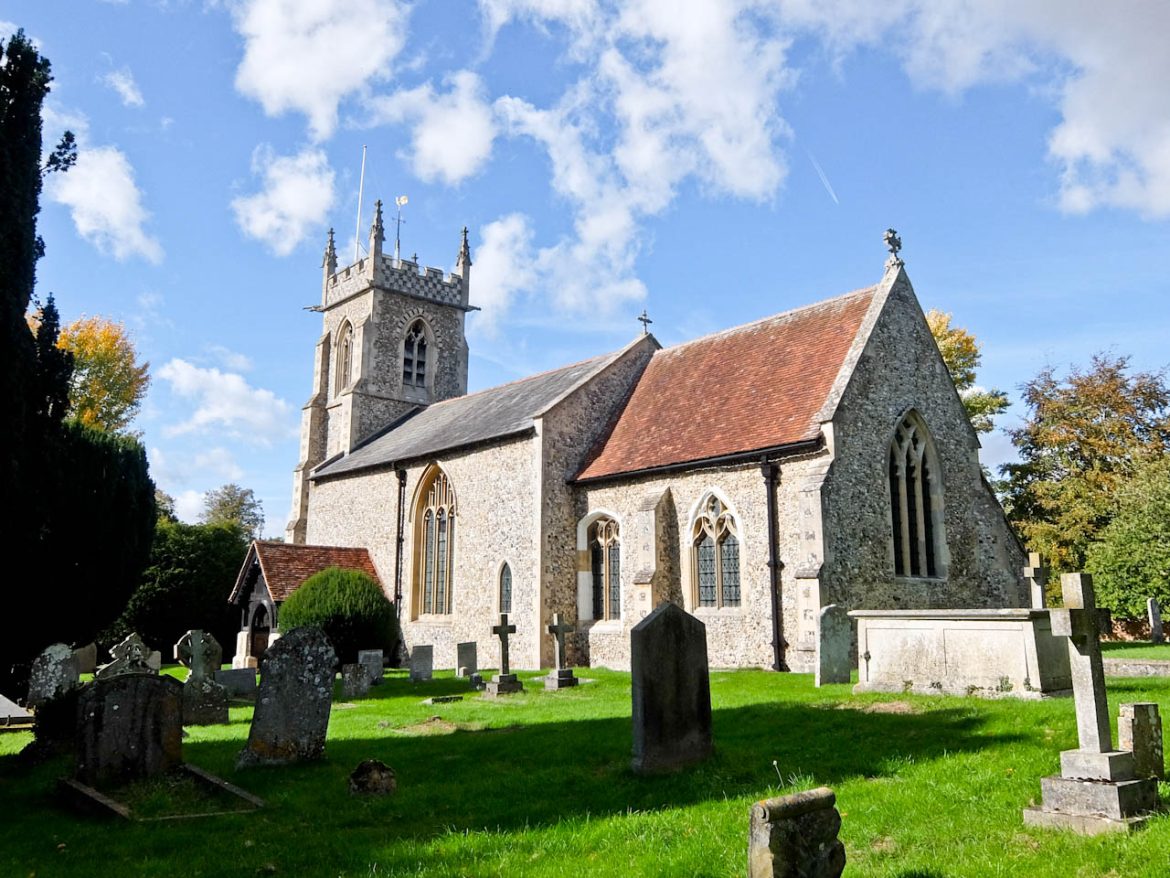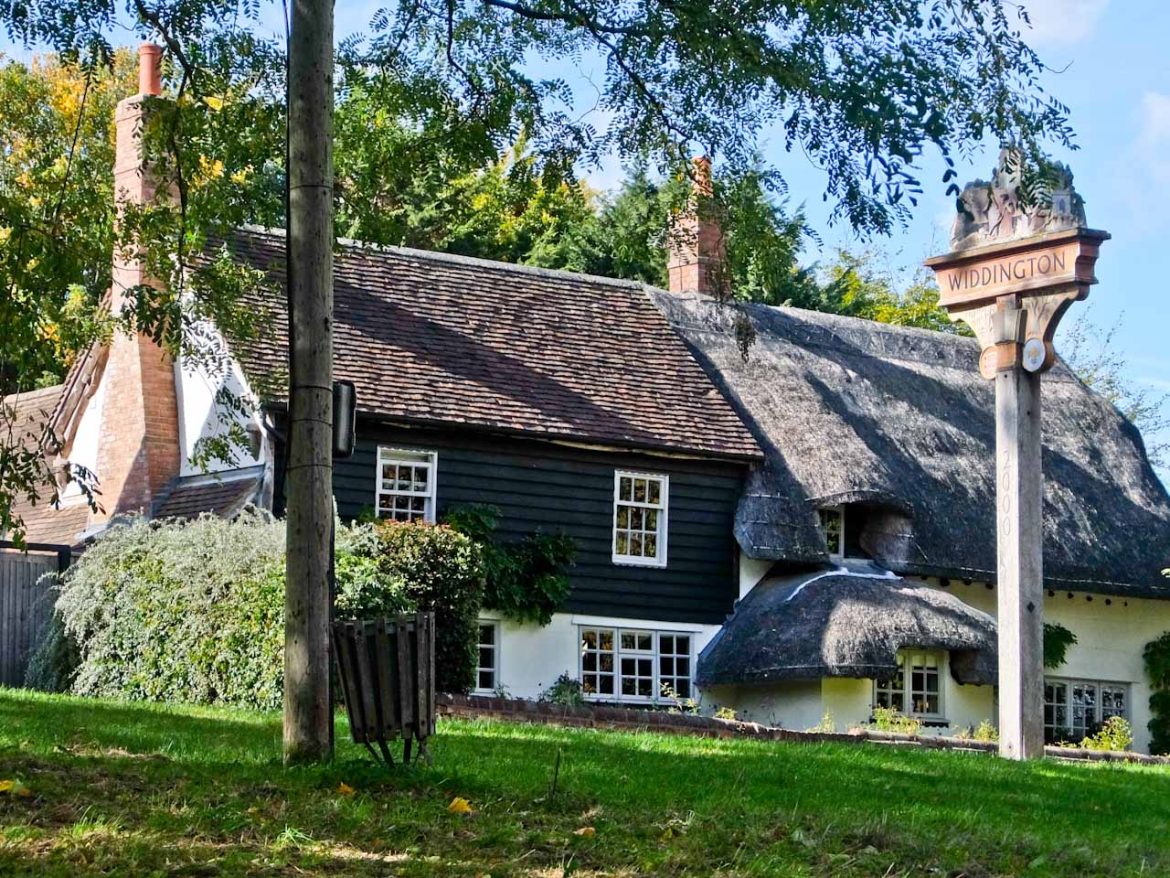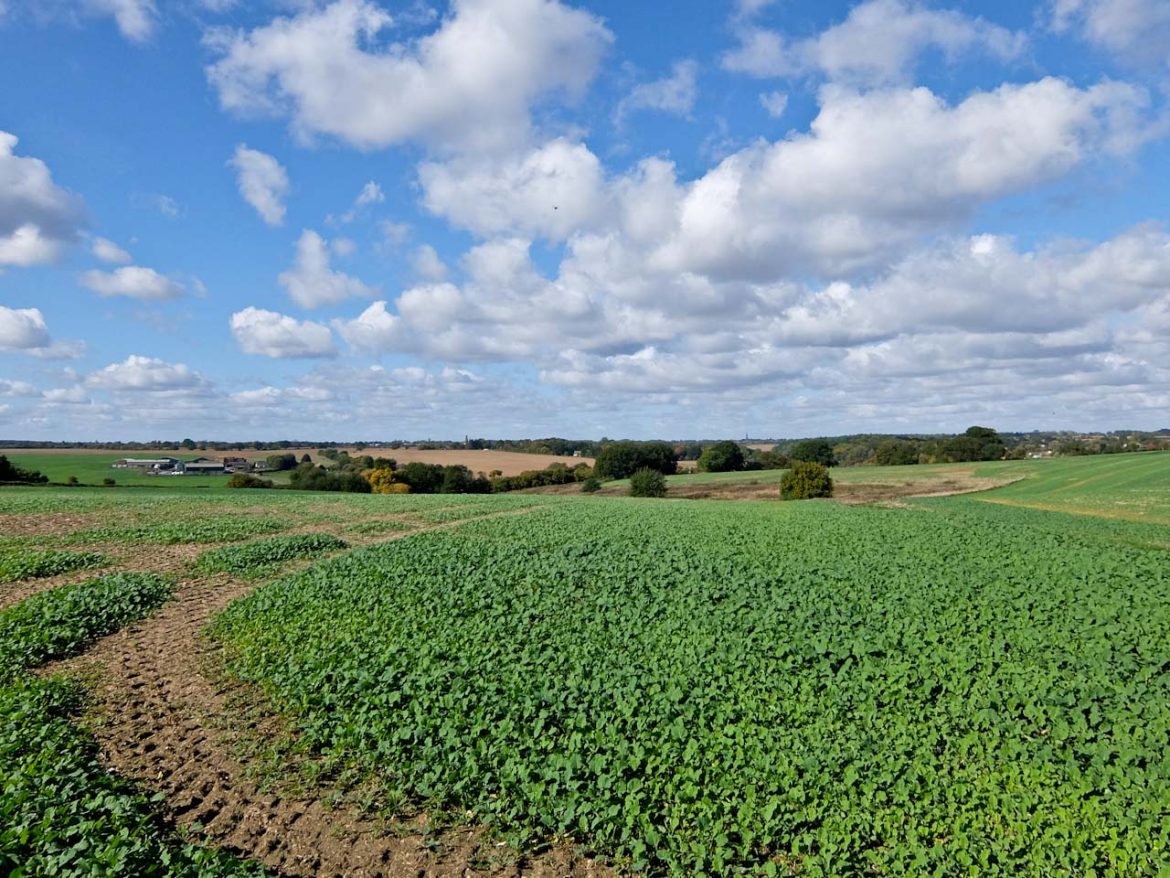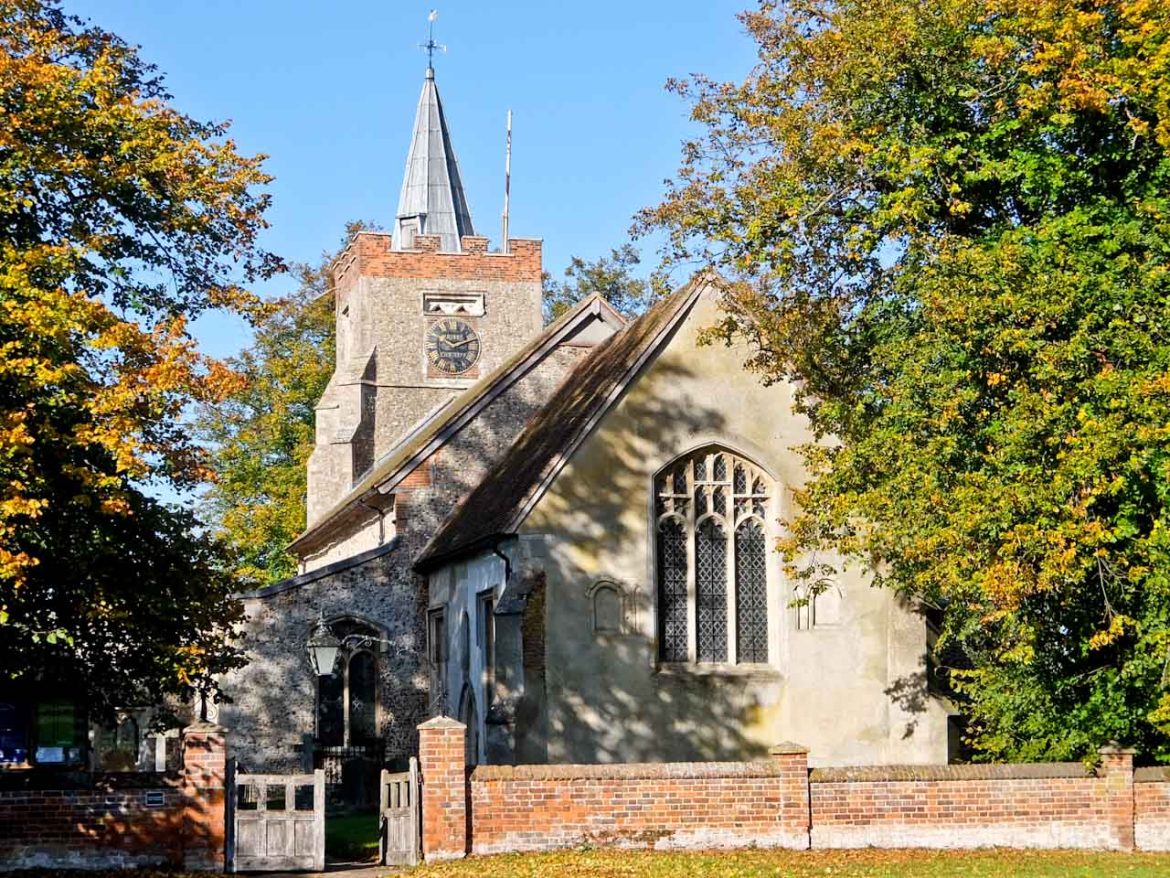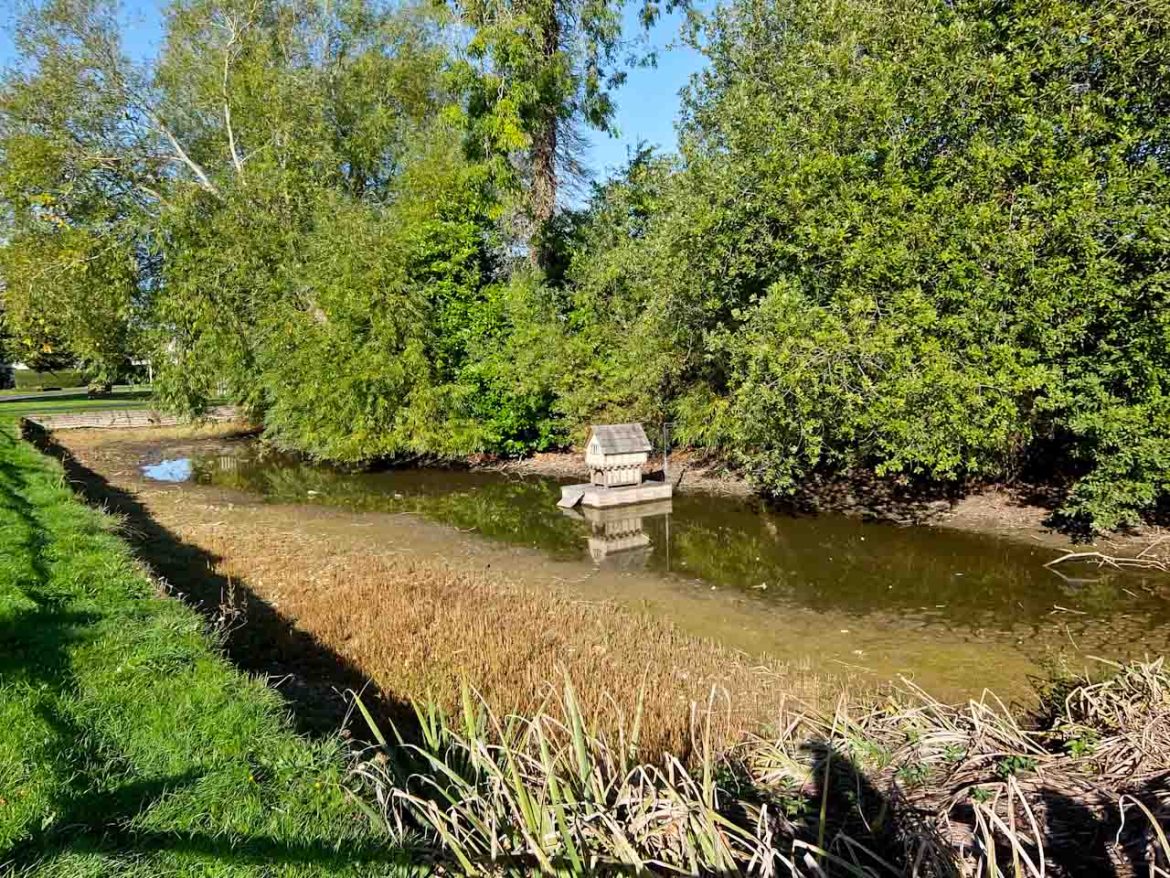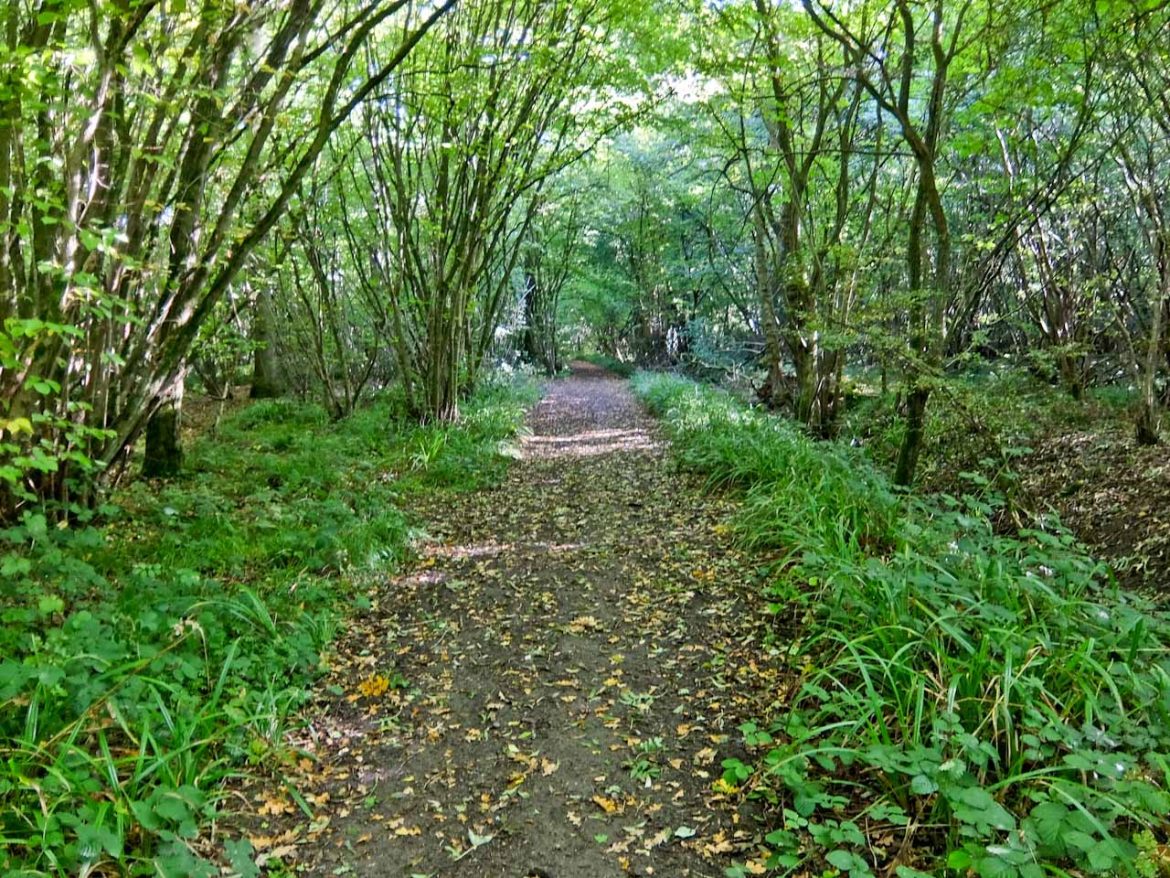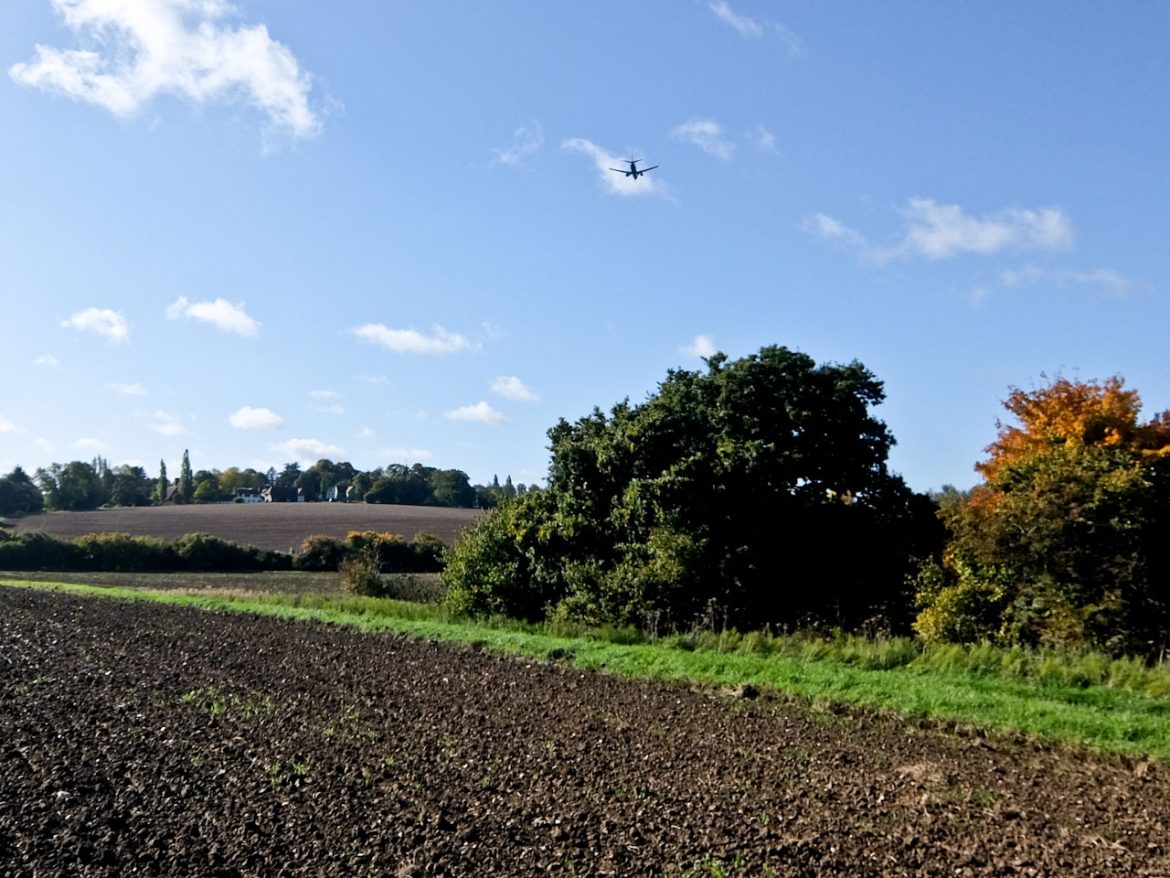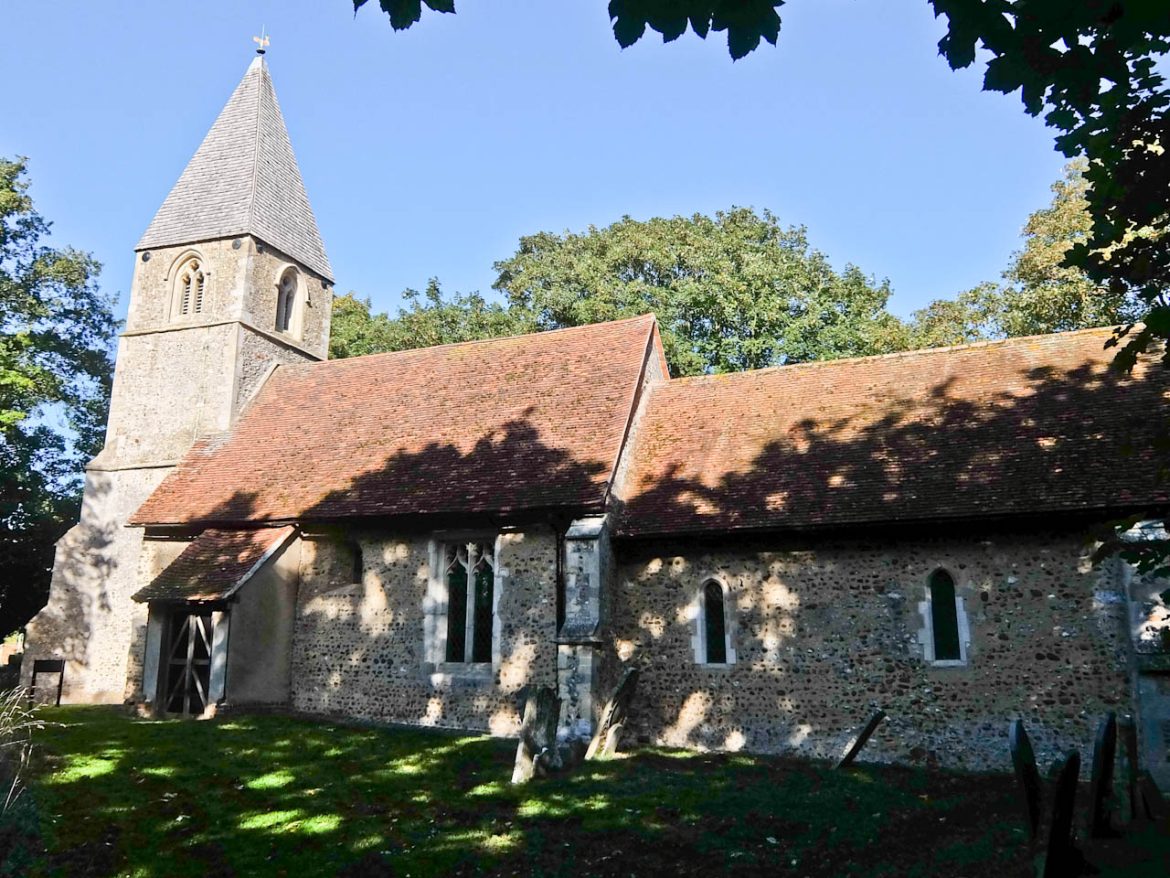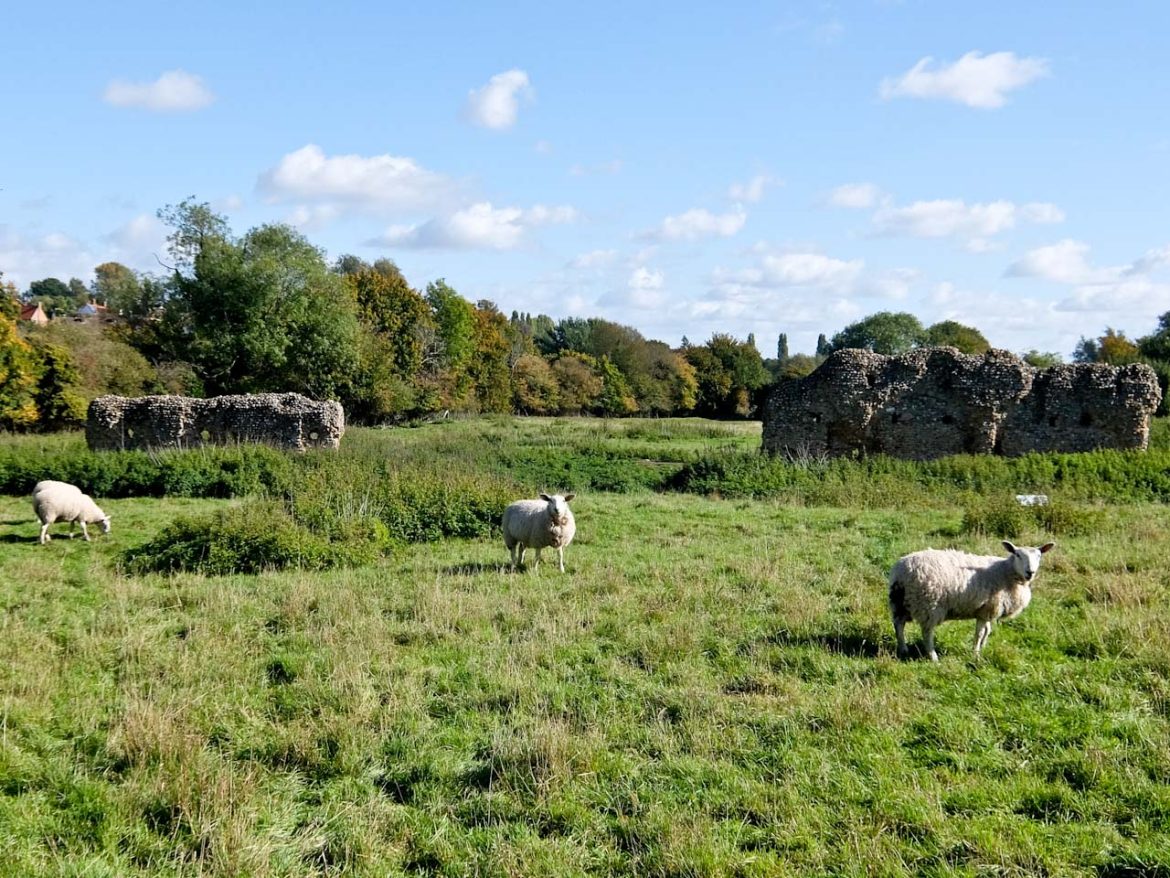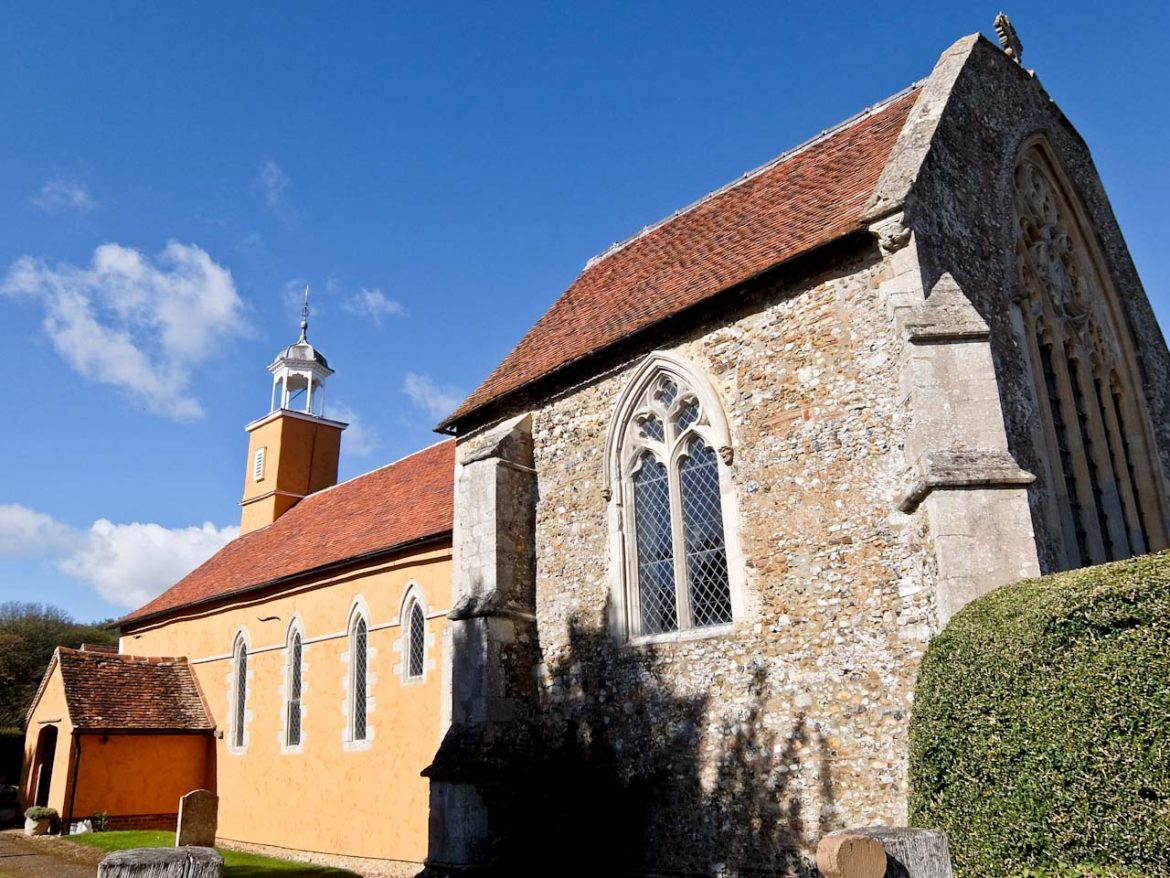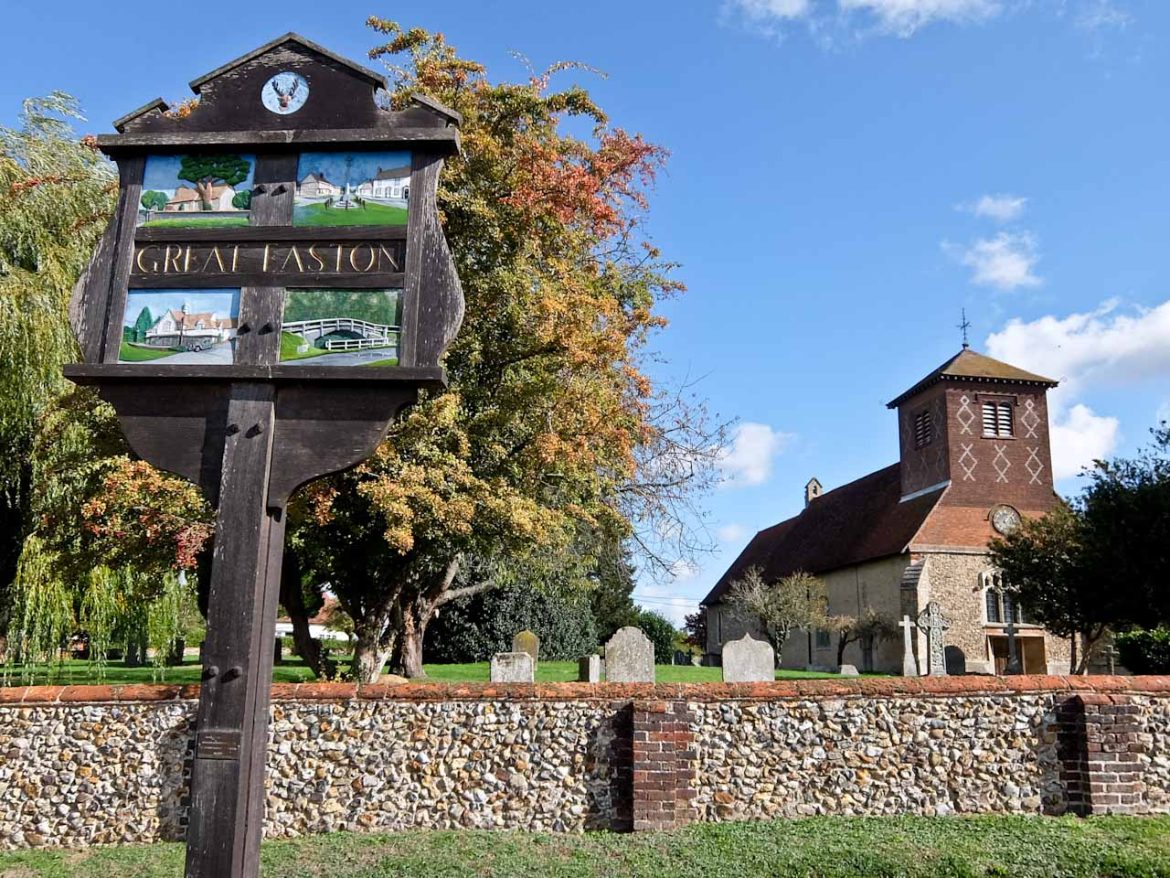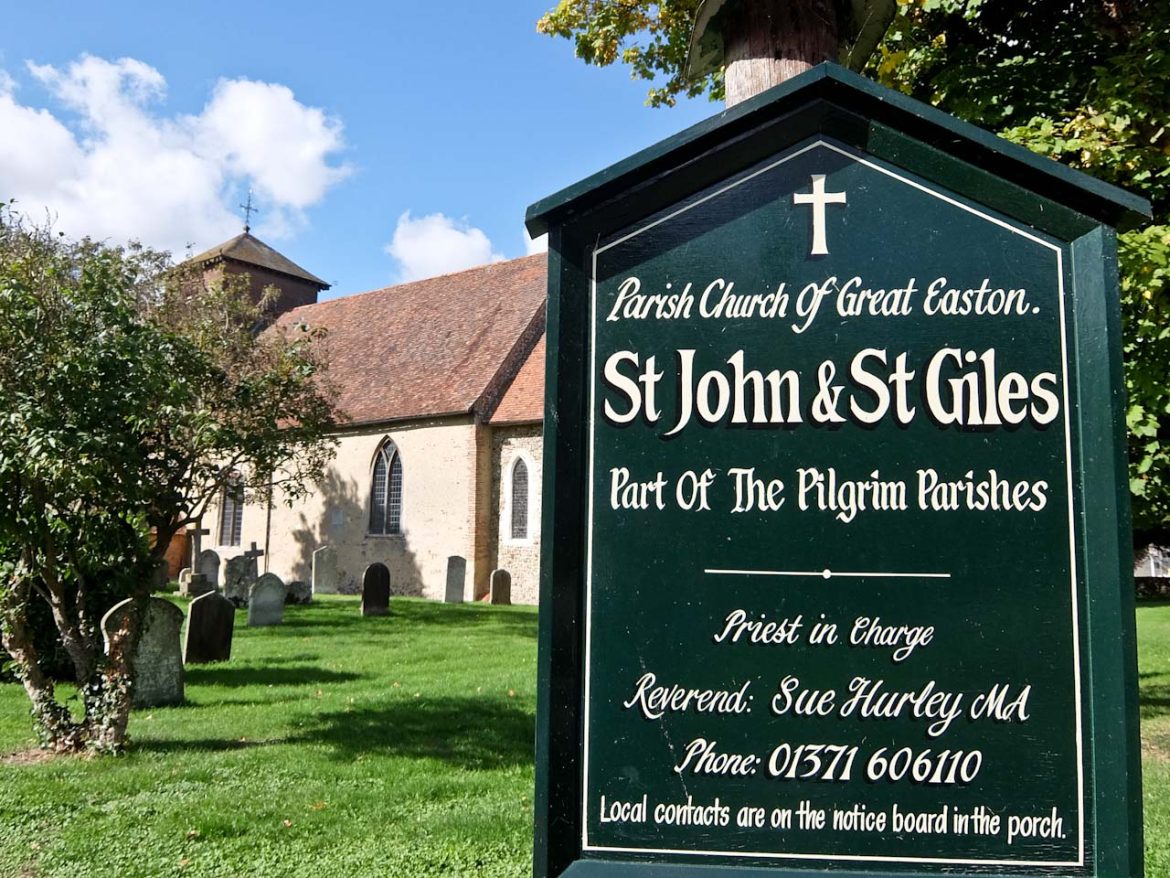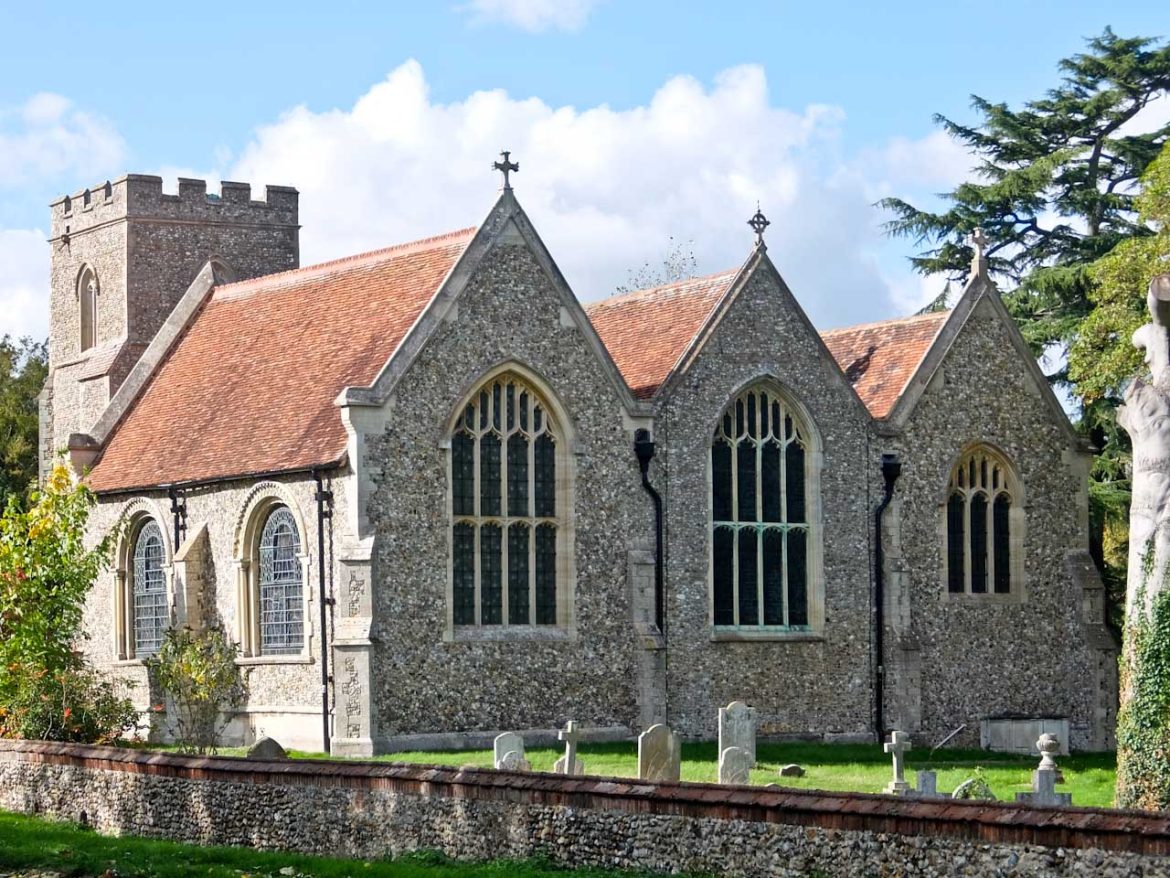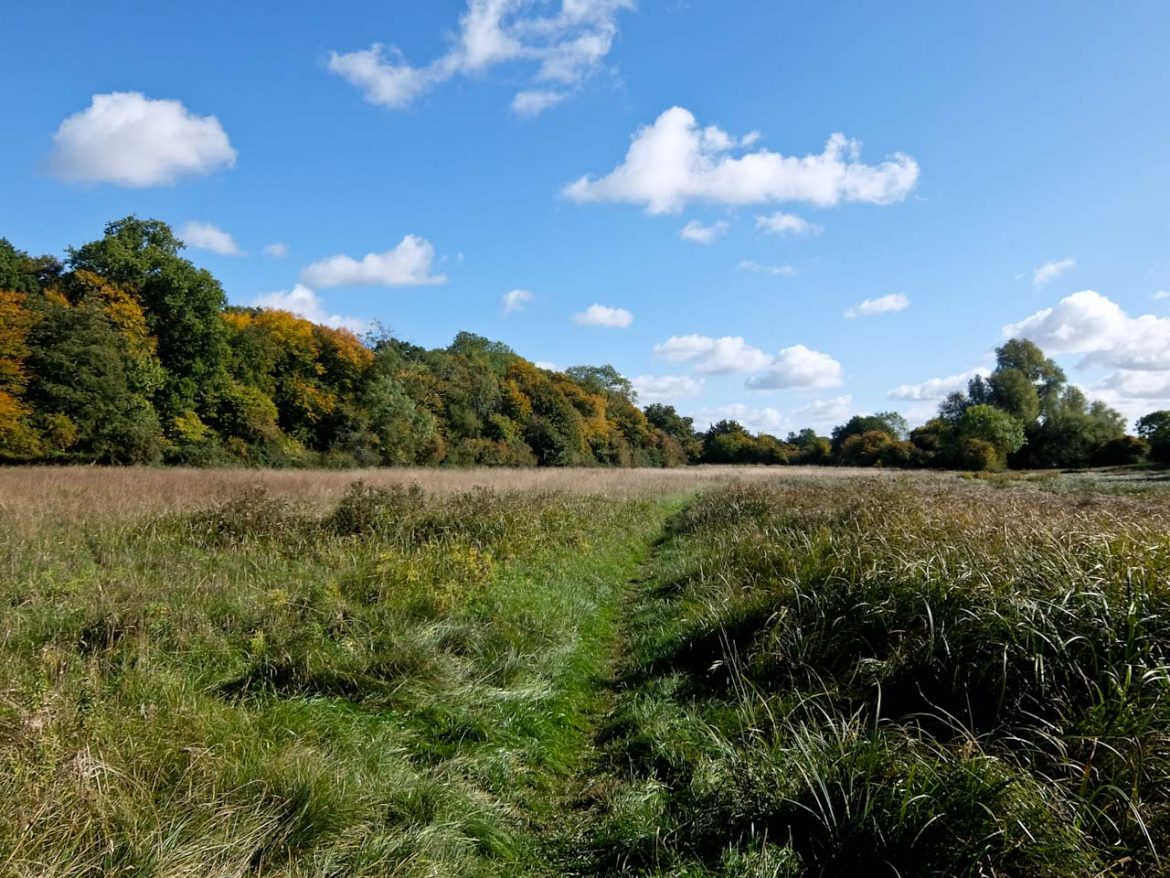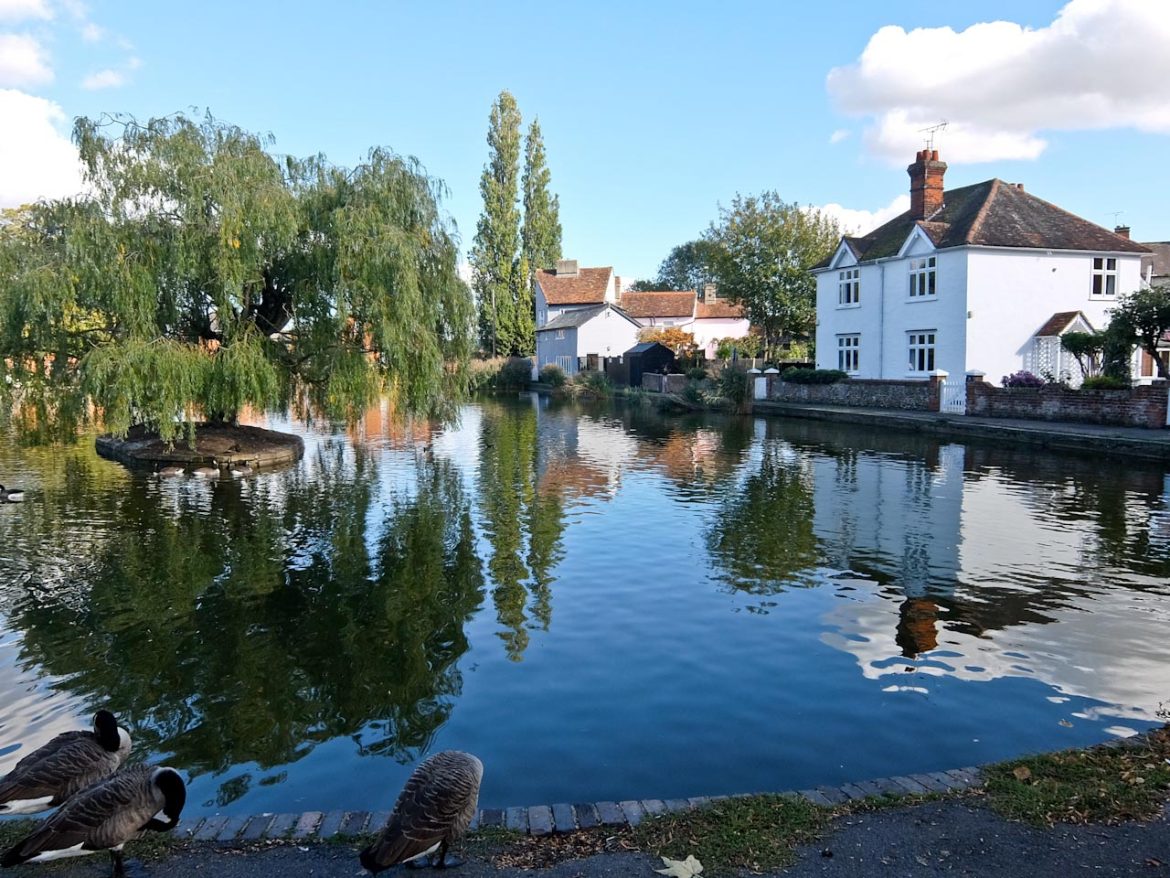What we now call Saffron Walden, where the Saffron Trail starts, was originally just “Weala-denu” (“Valley of the Britons”) in Saxon times. When the Normans arrived it became Walden and later began to grow the saffron crocus. By the early 1500’s it had become England’s centre for the saffron industry and adopted the name of Saffron Walden.
In 1514, Henry VIII granted the town a charter, decorated with the saffron crocus, showing how important the plant was to the town. The town became rich, and images of the crocus and saffron can still be seen decorating buildings, including the parish church which is the largest in Essex, completed in 1525.
After its peak in the 16th century, the growing of saffron here gradually declined due to the hugely labour-intensive process required to harvest the plant. Recently, saffron growers have begun to return to the area. Authentic Essex-grown saffron is in demand for its historical reputation, and it can sell for £75 a gram in top London establishments – three times the price of gold.
The Saffron Trail
The Saffron Trail runs through a delightfully rural Essex, particularly in the northern sections, using old bridleways, some quiet roads and tracks, joining up villages and hamlets. The sheer number of large churches is a reminder of how populated this area has been over the centuries – something that’s hard to believe today, given the few people I encounter on my walk.
Day 1: Walden to Henham 10 miles
I start, appropriately, by the impressive church of St Mary the Virgin, its spire rising up to 59m, the tallest in Essex. I negotiate a network of lanes passing the King Edward VI Almshouses, the main buildings dating from 1834 and still in use today. Soon I’m on the outskirts of the grounds of Audley End, a large early 17th-century country house and I’m stumbling around trying to find way markings.
I press on turning down Rookery lane, an ancient greenway and buzzards circle ahead. I’m soon in a patchwork of wild woods and open farmland, following rough tracks and paths along field edges. It’s mainly flat so easy going and I soon reach another St Mary’s Church, this time in the tiny hamlet of Widdington, population just 504. Here Prior’s Hall Barn is one of the finest surviving medieval barns in eastern England, dating back to the mid-15th century, with a crown post roof, the product of some 400 oaks.
The path takes me through Prior’s Wood, home to sparrow hawks and my day’s destination of Henham. There’s another St Mary’s here, dating from the 13th century, and opposite is the Cock Inn believed to have been built in the early 1700’s. I rest my weary legs and enjoy a well-deserved pint.
Day 2: Henham to Great Dunmow 9 miles
It’s a beautiful sunny morning as I pass the placid Henham Reservoir before entering Uttlesford’s Hawland Wood. I emerge at Chickney, with another St Mary’s Church, this time from the 10th century. The path then follows the Broadwater Valley, nothing more than a stream, and I’m joined by planes above making their approach to Stansted Airport.
This section is more hilly than the previous day and I climb up past the ruins of Tirty Abbey. Apart from a few piles of stone, the only building remaining is the chapel, now another St Mary’s Church. The mill here dates from the early 18th century but I press on, across wide fields to Great Easton. This time the church is dedicated to St John and St Giles and is Norman in design, on the site of an older Saxon church.
Little Easton Manor has peacocks on the grounds and another large St Mary’s Church in the village which held over 200 worshippers in the 19th century. I’m now on the edges of Great Dunmow and the path is diverted by a huge housing development. I thread my way through the outskirts of the market town and reach the Doctor’s Pond, with anglers on its banks. The name comes from when it was a breeding ground for leeches used by doctors who lived nearby.
Great Dunmow is bustling, quite the largest town since Saffron Walden, and I’ve reached my final destination. For now, this will be the end of my walk as I’ve no time to complete the next five sections. No doubt I will return as this part of Essex has always been something of a magnet to me. That’s something to look forward to.
GO: Greater Anglia has trains from Liverpool Street to Saffron Walden
STAY: Accommodation is in short supply on this section of the trail so I stayed at the Red Cow in Chrishall, a short taxi ride from Henham. This is the perfect thatched country pub and my luxury room was in the attached 500-year-old converted medieval barn. The food here is excellent too, so well worth the detour.
INFO: Visit Essex has details of the various stages of the trail.
Also read:
Hiking the Essex Coast from Tollesbury to Purfleet

